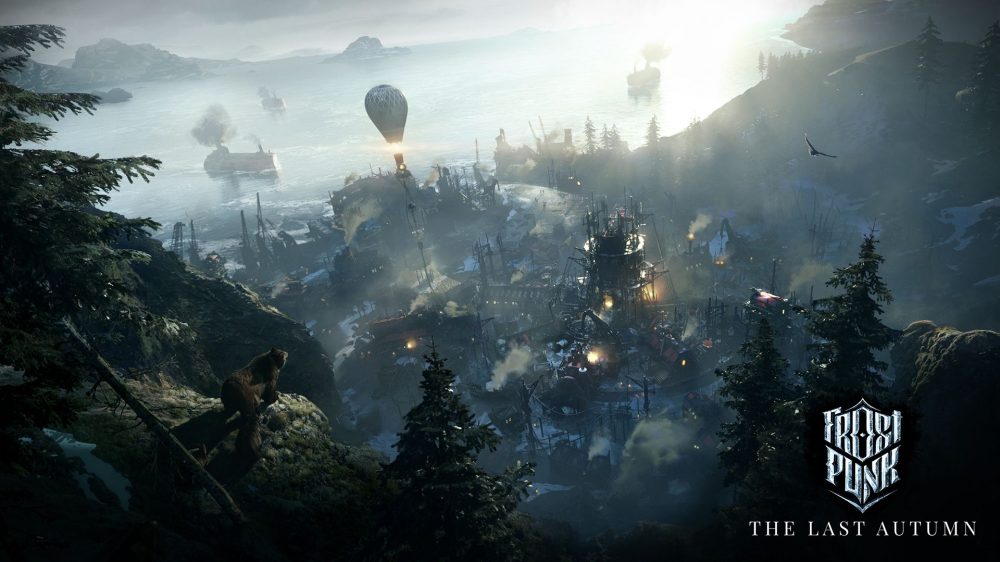

The game rolls all of these options (unit types and commander actions) out slowly over the course of the campaign, feeding you new unit options and abilities a little bit at a time as you grow accustomed to the types of towers that you will be facing and figure out how to correctly deal with them. You can heal them, toss out smokescreens and decoys, and call for airstrikes all through this figure, the only unit that you can directly control.

These kinds of orders are issued by a tiny onscreen avatar representing you as some sort of field commander, which you can control enough to run around in range of your slowly moving units. Your role as squad commander is to set routes through alien infested territory, determine what line up of units (tanks, missile launchers, APCs, and a few other unit types) to use in battle, and issue a few basic commands on the fly while those units go rolling forward to battle. You need some macho cheerleading when you are “kicking some alien ass,” right? The script has been marinated in testosterone, and as noted, oddly manages to feel right in the context of the game’s furious violence and copious explosions.Īgain, though, this still doesn’t matter as far as the central elements of the game itself go because what really matters here is the gameplay.

It’s pretty awful stuff, but it works for whatever reason at least in terms of feeling like the proper motivation to keep crawling forward towards death. The commanding officer (who, like your troops, is British and looks suspiciously like Jason Statham) that barks orders at you and congratulates victories in only the most “oorah!” fashion possible also delivers only the most hamfisted dialogue in the most hamfisted way possible. While the graphics are extremely polished, and there is a lot more plot and dialogue than might otherwise appear in a tower defense game, everything that is “plot-driven” merely exists for the sake of tone.Īnd that tone is tremendously earnest in its effort to immerse the player in some sort of macho, militaristic mindset. That being said, none of this narrative business really matters much at all as far as the game goes. Featuring “aliens” as opponents is kind of “polite,” I guess, but, again, it results in creating a kind of weirdly detached setting, both familiar and far away, that is, compellingly familiar but much too far, too alien from reality to really “matter” much. There is clearly a dodge in approaching the current and recent conflicts in Iraq, despite the game resembling something like CNN footage of a familiar wartorn city. Given that most of the military hardware in the game resembles (with a few mild “futuristic” flourishes) contemporary military weaponry and vehicles, it is kind of odd to be fighting aliens in Baghdad. The campaign’s 14 missions switch between two locales, Baghdad and Tokyo. If that sounds vague, well, yeah, you’re looking for something that can only be described as “some sort of anomaly.” Following an alien invasion of a near future earth, you take on the role of a commander of a squad of soldiers tasked with striking at an anomaly that has appeared at the heart of the enemy forces.

The premise of Anomaly is pretty much just that, a premise. Since tower defense games generally feature more or less the same formula of setting up defenses to ward off a horde of creeps that are throwing themselves mercilessly (and suicidally) at those defenses, this genre of game in reverse puts you in the role of the creeps marching bravely into the jaws of death.
#Anomaly warzone earth final mission Pc#
So, as PC gamers already know, Anomaly: Warzone Earth is a reverse tower defense game.


 0 kommentar(er)
0 kommentar(er)
